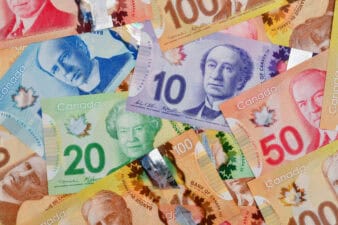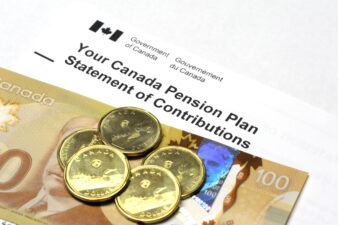As of 2022, three in four Canadians are making a major retirement mistake. According to Ipsos research, an overwhelming majority of Canadians either don’t have a TFSA, or are using the account improperly. If you add up both non-TFSA holders and holders who use TFSAs incorrectly, you get a whopping 75% of the population. In this article, I will explore the biggest retirement mistake you can make, and what you can do about it.
Not investing in a TFSA
Not investing in a TFSA is a major retirement mistake. On first reading that, you might be a little surprised. “RRSPs are for retirement, right? TFSAs are just for saving, aren’t they?”
Not exactly. While it’s true that TFSAs aren’t intended specifically for retirement, they are useful for retirement savers. They let you grow investments tax-free just like RRSPs do, but unlike RRSPs, they don’t tax you on the way out the door. Arguably, the TFSA tax benefits are even greater than those of the RRSP. Certainly, the TFSA is more flexible.
Shockingly, three out of four Canadians are not investing in TFSAs. According to Ipsos, only 57% of Canadians have TFSAs. Of those, only 42% are using their TFSAs to invest. So, the percentage of Canada’s population that A) have TFSAs and B) invest in them, is only 24%. Two-thirds are completely missing out on the tax-free growth.
Why it’s a costly mistake
Not investing in a TFSA is costly because it increases the taxes you pay on investments.
Let’s imagine that you hold a bit of Canadian National Railway (TSX:CNR) stock. CNR stock pays a dividend, so it helps to illustrate exactly how much money you can save by holding stocks in a TFSA.
At today’s prices, CNR costs $157.22. It pays a dividend that yields 2%. Let’s say you invest $100,000 in CNR, watch it go up 10%, and then sell it at the end of the year. If you don’t hold the stock in a TFSA or RRSP, you’ll have to pay half your tax rate on the $10,000 gain. So, if your tax rate is 33%, you’ll pay $1,650 in taxes on that $10,000. Also, you’ll have received about $2,000 in dividends. That’s taxed at your full tax rate minus a tax credit.
The point is, outside of a TFSA, you’ll pay $1,650 on the capital gain and a dividend tax that’s offset by a credit. It’s a fair bit of tax all together. However, if you held that same $100,000 CNR position in a TFSA, you would pay $0 in tax. That’s because TFSAs exempt you from capital gains tax as well as dividend tax. With something as simple as the decision to invest in a TFSA instead of a taxable account, you can knock thousands off your tax bill!
What to do about it
If you don’t have a TFSA, or aren’t investing in your TFSA, the course of action is pretty simple: Start investing in your TFSA. Assuming you pick good investments, it can only help you; it can’t be a negative.
Now, there are some catches here. For one, if you don’t invest at all, you’ll need to do some research to find out what kind of portfolio is right for you. For another, depending on your age, you may not have any TFSA contribution room to use (those under 18 aren’t eligible to open TFSAs). But on the whole, you can likely improve your retirement prospects by choosing to invest in a TFSA.







